Wine of the world: sparkling wine
All Champagne is sparkling wine but not every sparkling wine is champagne. What is wrong and what makes things hard?

There are consensuss regarding the existence of Champagne in Champagne. Approximately 33500 hectares are in France! It explains how the decision has the intention of protecting Champagnes prestige. Generally speaking sparkling wines include all wines with a high level of carbon dioxide in them. It is produced from natural fermentation or artificial injection of carbon dioxide.
Sparkling wines: What is it?
Sparkling wine is a type of carbonated drink that is produced using white or rosé grapes, with some red varietals such as Brachetto and Shiraz also being used. The production process involves inducing a secondary fermentation of fine wine in the bottle, which results in the wine having carbon dioxide bubbles.
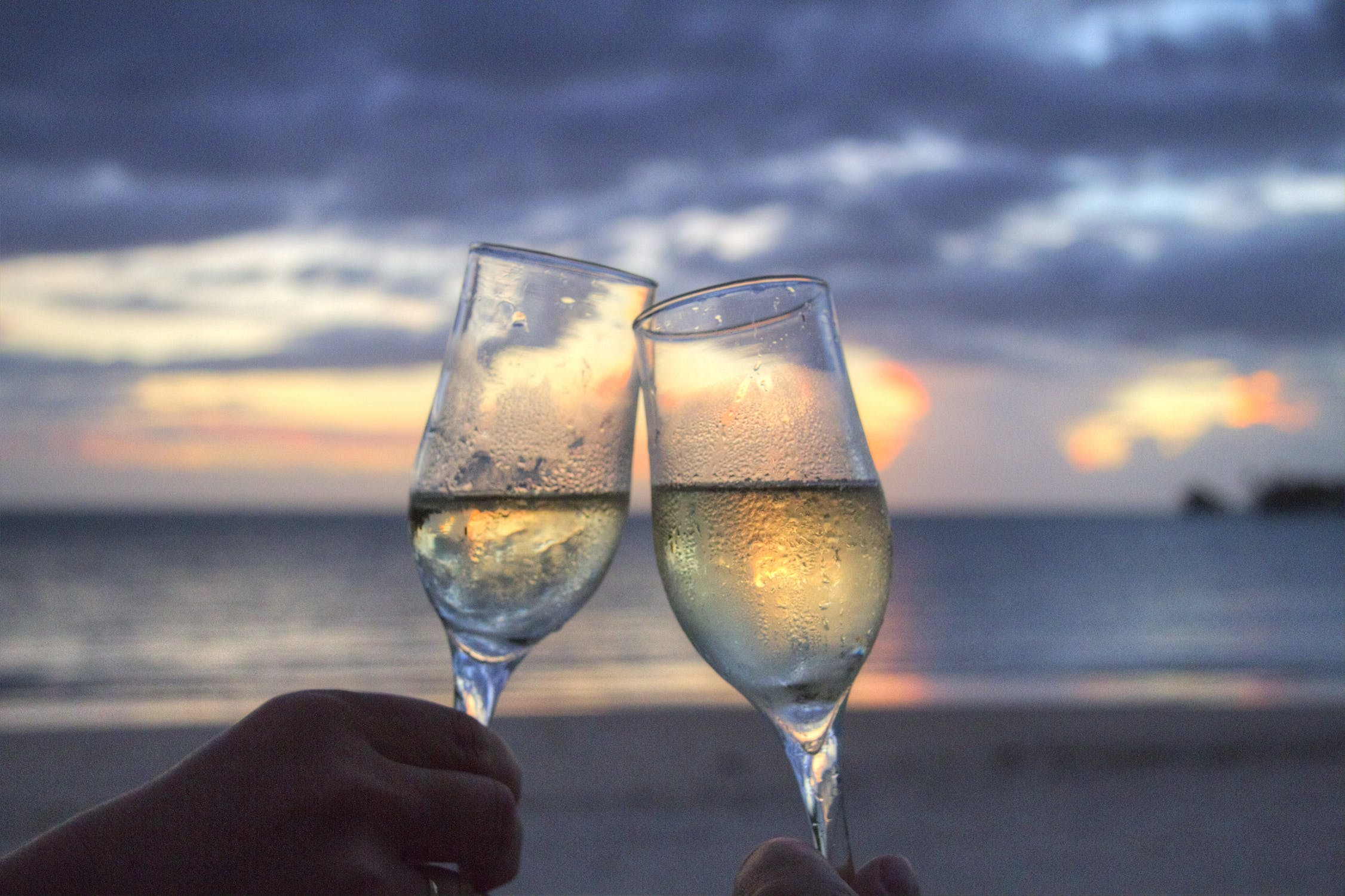
In Europe, the term “champagne” is legally reserved only for sparkling wines that are produced in the Champagne region of France. Other regions have their own regional terms to describe their sparkling wines, such as Mousseux, Crémant, Prosecco, Franciacorta and Asti. Some of these sparkling wines are also made using grape varietals that are native to the region.
The production of sparkling wine has been happening for centuries all around the world, with notable producers including József Törley in Hungary, who was one of the pioneers of the industry in the region, and many states in the USA, such as California and New York. Other notable regions for producing sparkling wine include Australia, New Zealand, Italy and Spain.

The sweetness levels of sparkling wine can vary greatly, from very dry brut varieties to sweeter doux wines. The sweetness level of a particular sparkling wine depends on factors such as the type of grapes used, the production process, and the addition of sugar or other sweetening agents during the production process.
Sparkling wines history
Since ancient times, wine has been revered for its flavor and intoxicating qualities. Interestingly, the effervescence that occurs in sparkling wines was first observed by ancient Greek and Roman writers, who were initially unaware of its cause. During the Middle Ages, wines with bubbles were considered faulty, particularly in the Champagne region of France. It was not until the 17th century that the famous Benedictine monk, Dom Pérignon, was tasked with eliminating the bubbles from Champagne due to their explosive nature in cellars.

Credit photo: www.domperignon.com
However, it was British merchants who played a significant role in popularizing sparkling wine. They rediscovered the use of cork stoppers and produced stronger glass bottles than their French counterparts, allowing for successful transportation of the beverage. In fact, English scientist Christopher Merret published a paper in 1662 detailing that sugar could be added to wines before bottling to produce carbon dioxide gas and sparkle, indicating that British merchants were likely producing sparkling Champagne before the French deliberately began doing so.
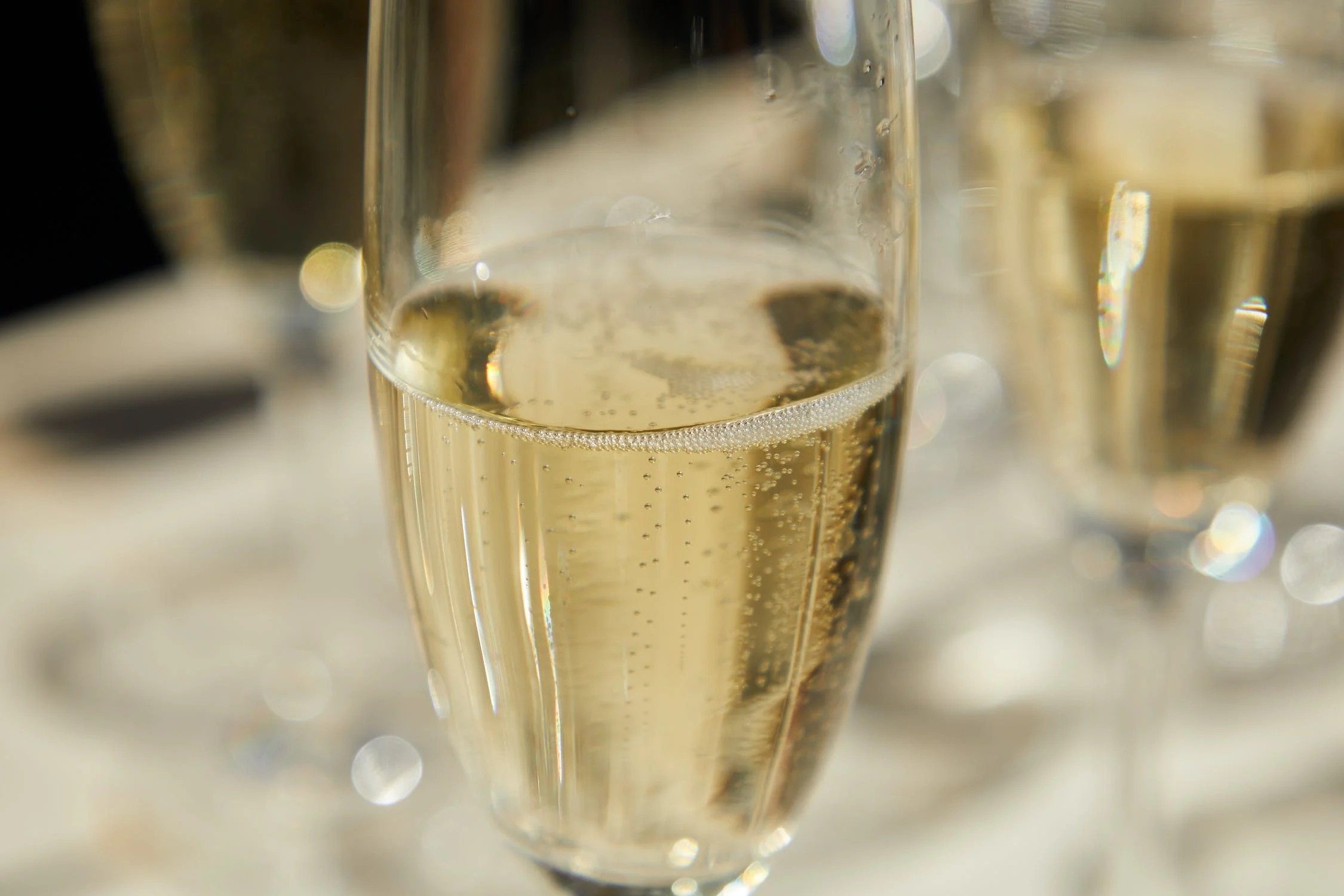
Despite this, it is the French who are credited with perfecting the art of creating sparkling wine. In the early 19th century, French winemakers such as Veuve Clicquot and Bollinger began to perfect the techniques used to produce Champagne, including the addition of yeast and sugar to create the second fermentation and the riddling process to remove sediment. Today, Champagne remains one of the most prestigious and sought-after wines in the world, enjoyed by millions for its unique effervescence and complex flavor profile.
Glenbosch Wine Estate
The place where memories are made.
Sparkling wines production
The process of producing grapes for sparkling wine involves careful planning and execution. In order to achieve a high sugar content, grapes are harvested early and processed with great care to avoid any trace of tannins or phenolics that could affect the final product.
When it comes to red wine grapes, such as Pinot noir, the juice is initially clear, with the characteristic red hue coming only from the skins.
Once the base wines have been crafted, they are expertly blended with other varieties, vineyards, and vintages to create a complex and distinctive cuvée. This process requires a deep knowledge of flavor profiles and an ability to fine-tune the final blend for optimal taste and aroma.
To create the bubbles that characterize sparkling wine, a second fermentation process is initiated which traps carbon dioxide gas inside the bottle. This high pressure buildup within the bottle is what ultimately causes the fantastic “pop” and effervescence upon opening.
Overall, the production of sparkling wine is a labor-intensive and highly precise process that requires knowledge, skill, and excellent timing to achieve the perfect product.
5 countries famous for sparkling wine bottle
American sparkling wine
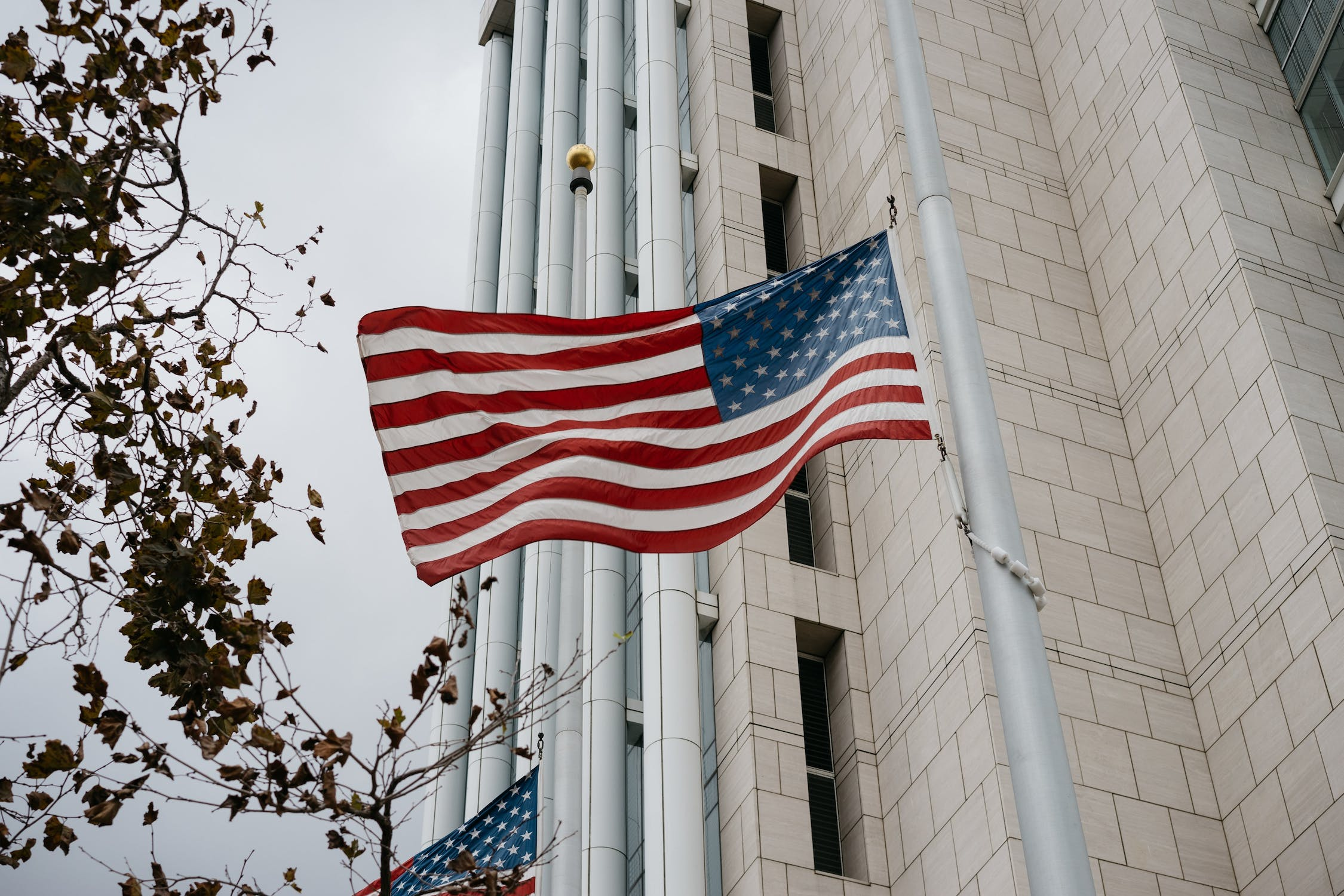
Sparkling wine production in the United States typically involves two primary methods: the méthode traditionnelle and the Charmat method. Quality sparkling wines in the US are mainly produced using traditional grape varieties such as Chardonnay, Pinot noir, Pinot Meunier, and Pinot blanc. One interesting aspect of sparkling wines from the United States is that they are labeled according to sweetness level, ranging from Brut to Doux.
California has a long history of producing high-quality sparkling wines, with the Korbel brothers beginning production in the Russian River Valley back in 1892. Further investment from French champagne houses has contributed to the overall improvement in the quality of Californian sparkling wine.
While the traditional methods used by American producers are similar to those used in Champagne, there are a few differences. For example, cuvees tend to be derived from fewer wines in the US, and there are no minimum requirements for aging prior to release. Additionally, labeling regulations have changed since 2006, with the term “Champagne” being reserved exclusively for wines produced in the Champagne region. Any US producers that were using the term before 2006 must now include an appellation denoting the true origin of their products.
Another interesting development in the world of American sparkling wine is the increasing popularity of méthode champenoise sparkling wines produced in the Finger Lakes region of New York State. These wines are made primarily or entirely from Riesling grapes, along with other varietals. The Finger Lakes region has become known for producing high-quality sparkling wines using this traditional method, which is typically associated with Champagne.
French sparkling wine
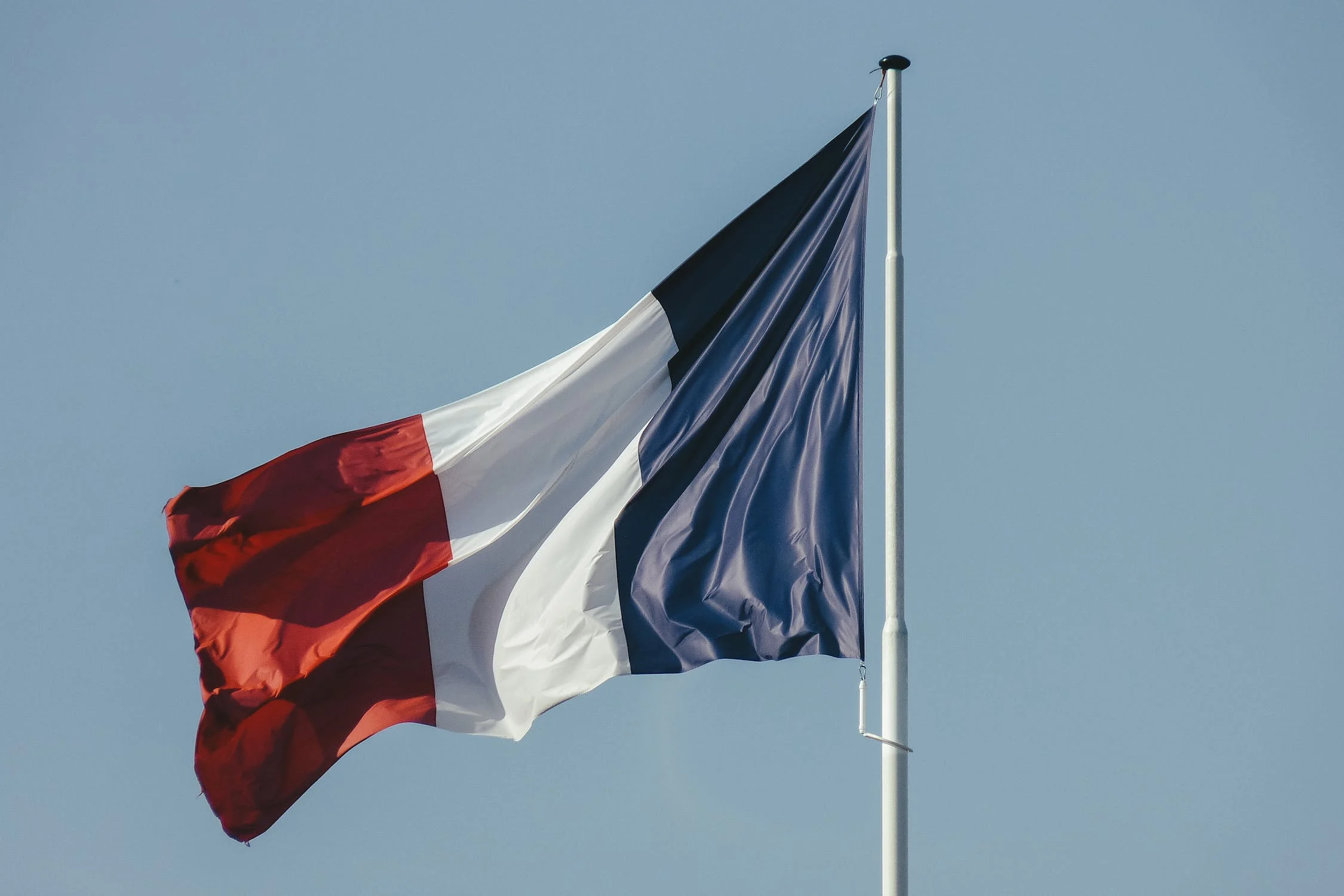
When it comes to French sparkling wine, most people immediately think of Champagne. This type of wine is produced using the traditional Champagne method and is made from a blend of Chardonnay, Pinot noir, and Pinot Meunier grapes. However, Champagne is just one example of French sparkling wine, and there are several other varieties worth exploring.
For example, there are Crémants, which are also made using the Champagne method but with different grape varieties such as Chenin blanc, Pinot blanc, and Riesling, among others. Crémants are regulated under their own Appellation d’origine contrôlée (AOC) regulations and can be found in several regions across France, including Alsace, Burgundy, and the Loire Valley.
Another type of French sparkling wine is Methode ancestrale. These wines are produced mainly in regions such as Gaillac, Limoux, and Clairette de Die and are unique in that they skip the process of disgorgement. As a result, the yeast particles in the form of lees remain in the bottle, giving the wine a distinct flavor and texture.
Overall, French sparkling wine offers a diverse range of options for wine lovers to explore, from the well-known Champagne to lesser-known Crémants and Methode ancestrale varieties. With its rich history and tradition, France remains one of the world’s premier producers of sparkling wines.
Italian sparkling wine
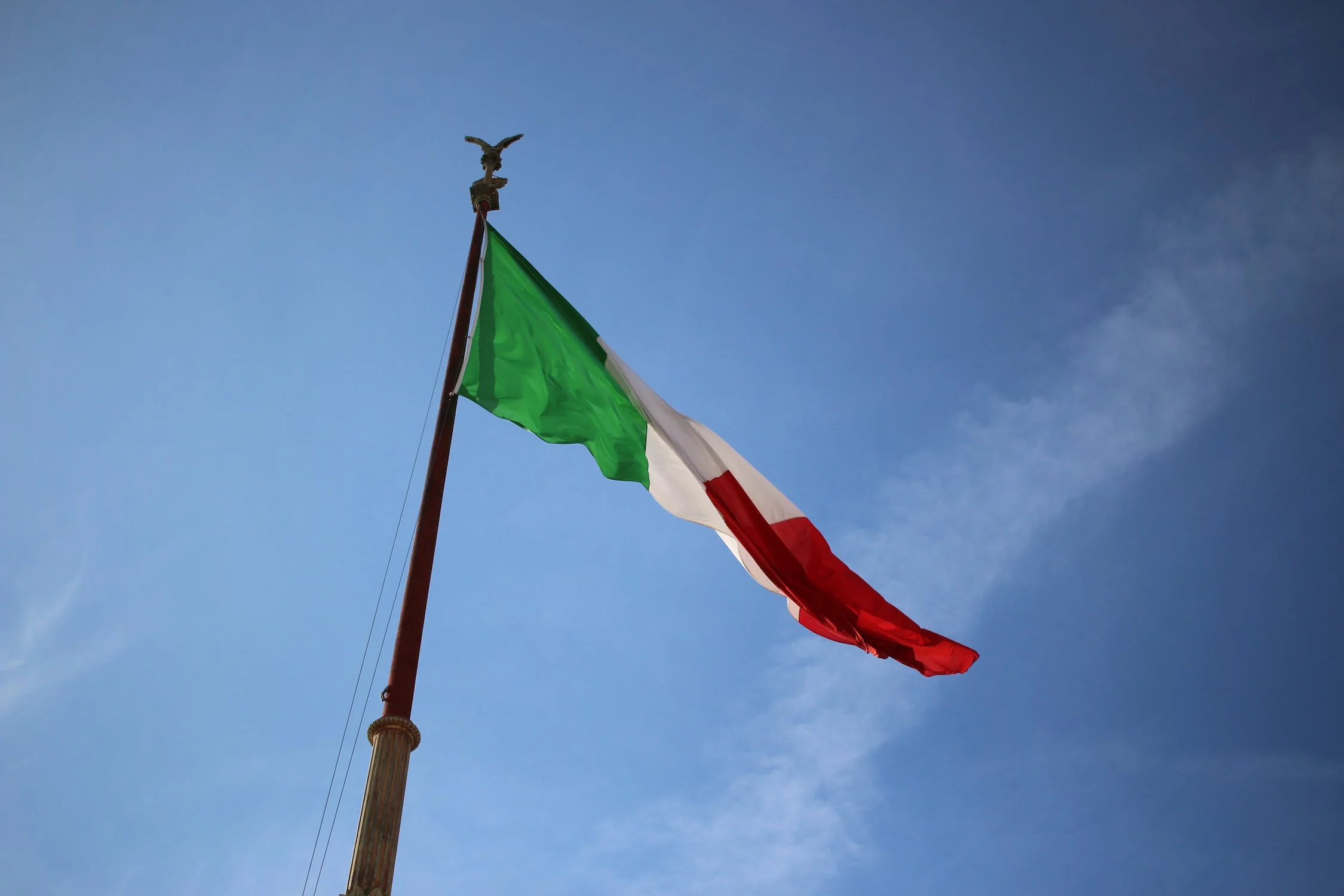
Italy boasts a vast range of sparkling wine production, with Prosecco hailing from the Veneto region, Franciacorta from Lombardy, Asti from Piedmont, and Lambrusco from Emilia being among the most popular options.
Within the Franciacorta region, both vintage and non-vintage sparkling wines are crafted using Chardonnay and Pinot bianco grapes. The Trento DOC appellation, meanwhile, produces both white and rosé sparkling wines using the traditional methode champenoise.
Prosecco is made in a range of styles, ranging from fully sparkling (spumante) to lightly sparkling (frizzante), and is primarily produced in the picturesque hills surrounding Valdobbiadene.
For those seeking added quality assurance, vini frizzanti di Qualità Prodotti in Regioni Determinate serves as an official quality label denoting sparkling wines made with specific methods and ingredients within designated regions throughout Italy.
Australian sparkling wine
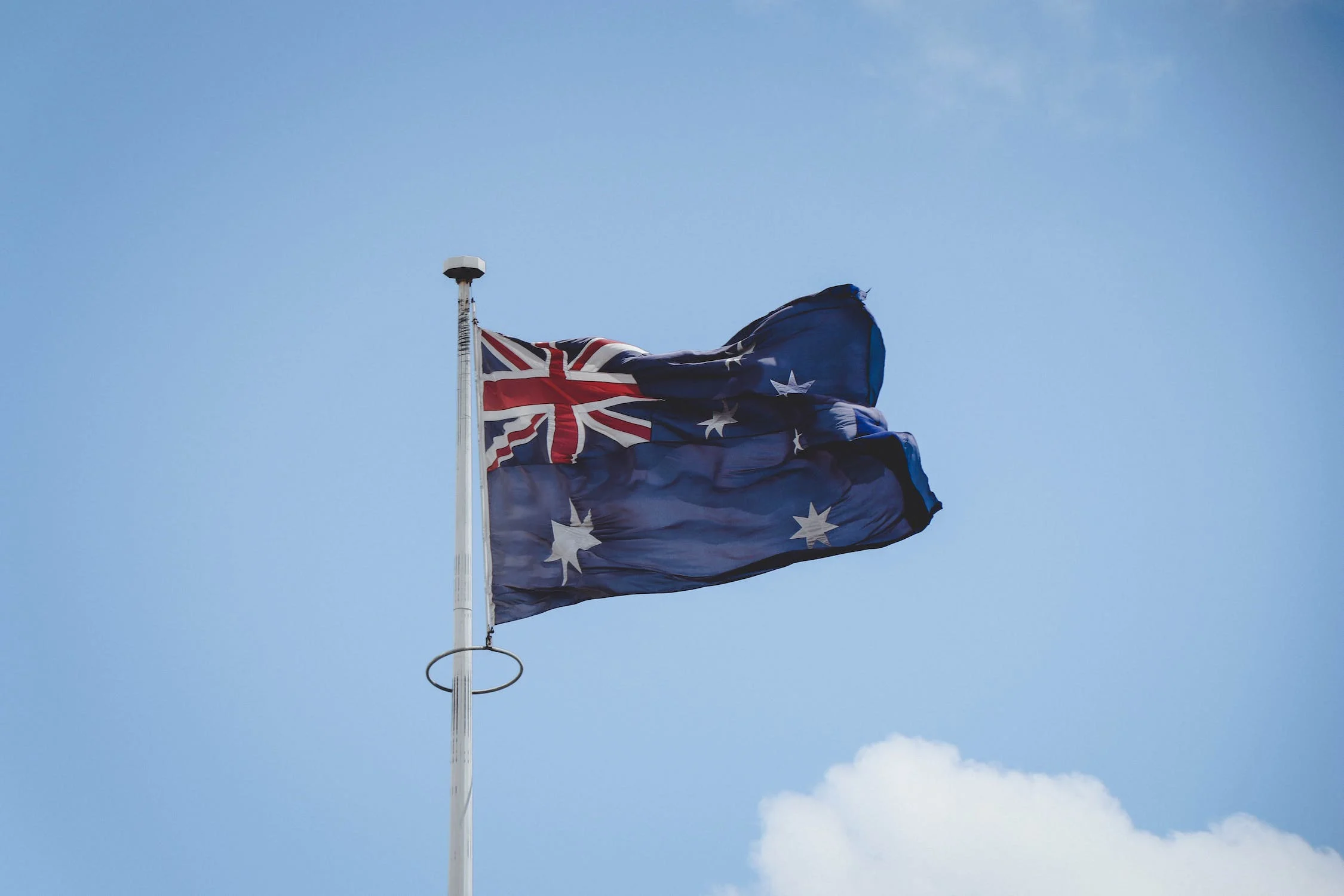
The Australian sparkling wine industry has significantly grown over the years, with the Domaine Chandon being a major player in the production of sparkling wines from the Yarra Valley. Several renowned French Champagne houses have made investments in the country, further spotlighting Australia’s potential in sparkling wine production, best australian champagne.
Notably, Tasmania is known for its outstanding sparkling wines that stand out due to their high quality. The wines are made using traditional grape varieties and secondary fermentation methods, resulting in a unique and distinguished taste.
Among the special wines that Australians take great pride in is the Sparkling Shiraz, which is well-known for its sugary taste. Made from Shiraz grapes, the wine is equally sensational and savory, leaving a lasting impression on any wine enthusiast.
South African sparkling wine
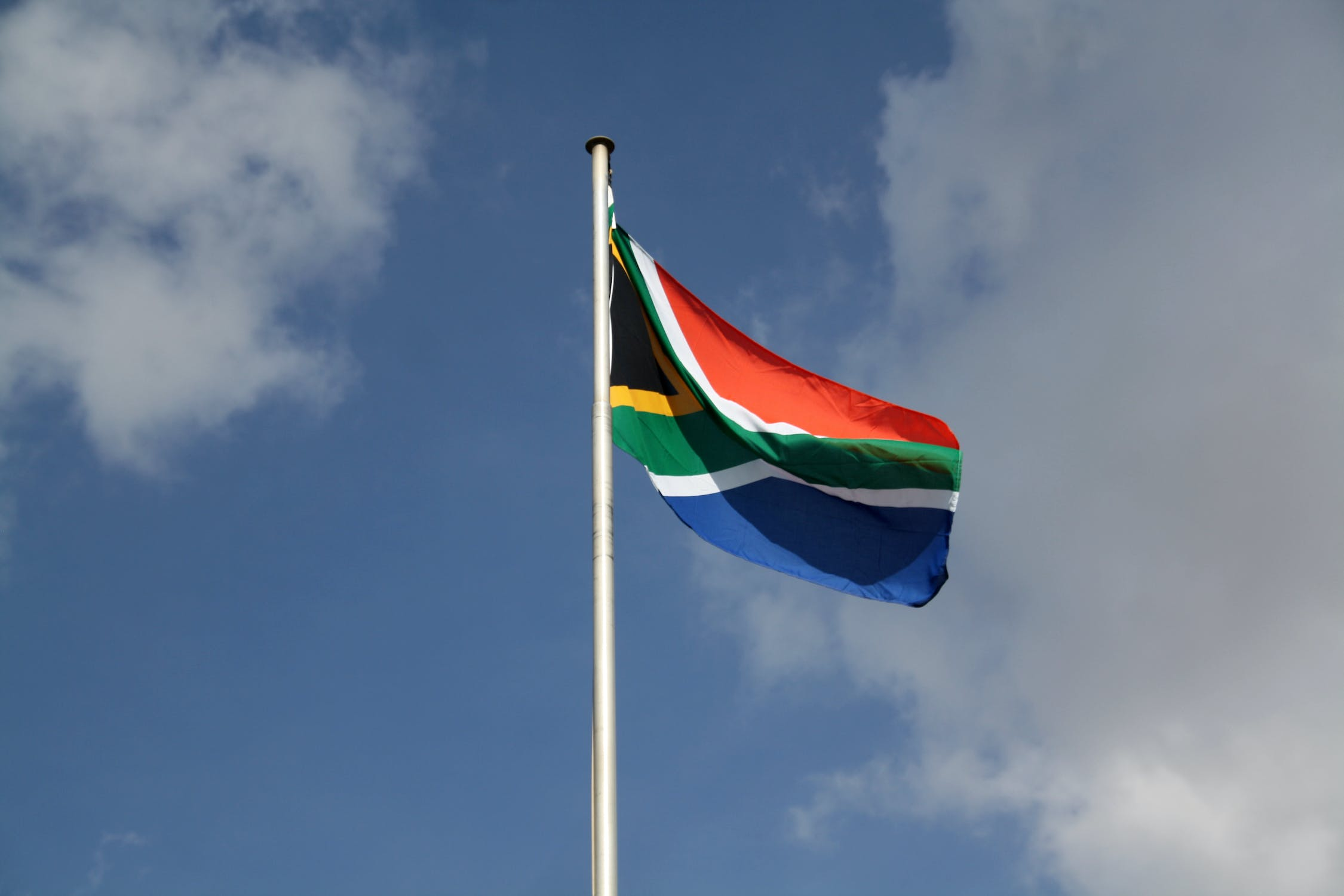
Methode Cap Classique (MCC) is a type of sparkling wine that follows the traditional bottle fermentation technique and high-quality standards. Its production is primarily centered on Chardonnay and Pinot noir grape varieties, while other types are also gaining popularity. Besides, Charmat method wines and Sparkling Pinotage are prevalent in the South African wine market.
The wine landscape in South Africa is warm, which makes MCC fruity and adds more flavor notes to it. The quality of MCC from South Africa can rise to the level of that of Champagne, providing an exceptional drinking experience for sparkling wine enthusiasts. MCC is a perfect drink for celebratory occasions, such as weddings, birthdays, or anniversaries, and food pairings with fish, poultry, and light desserts. The complexity of flavors and aromas of MCC can make it a unique and sophisticated drink to taste, explore, and appreciate.
Glenbosch Wine Estate
The place where memories are made.
Frequently asked questions about sparkling wine
Why is Champagne the drink of celebration?
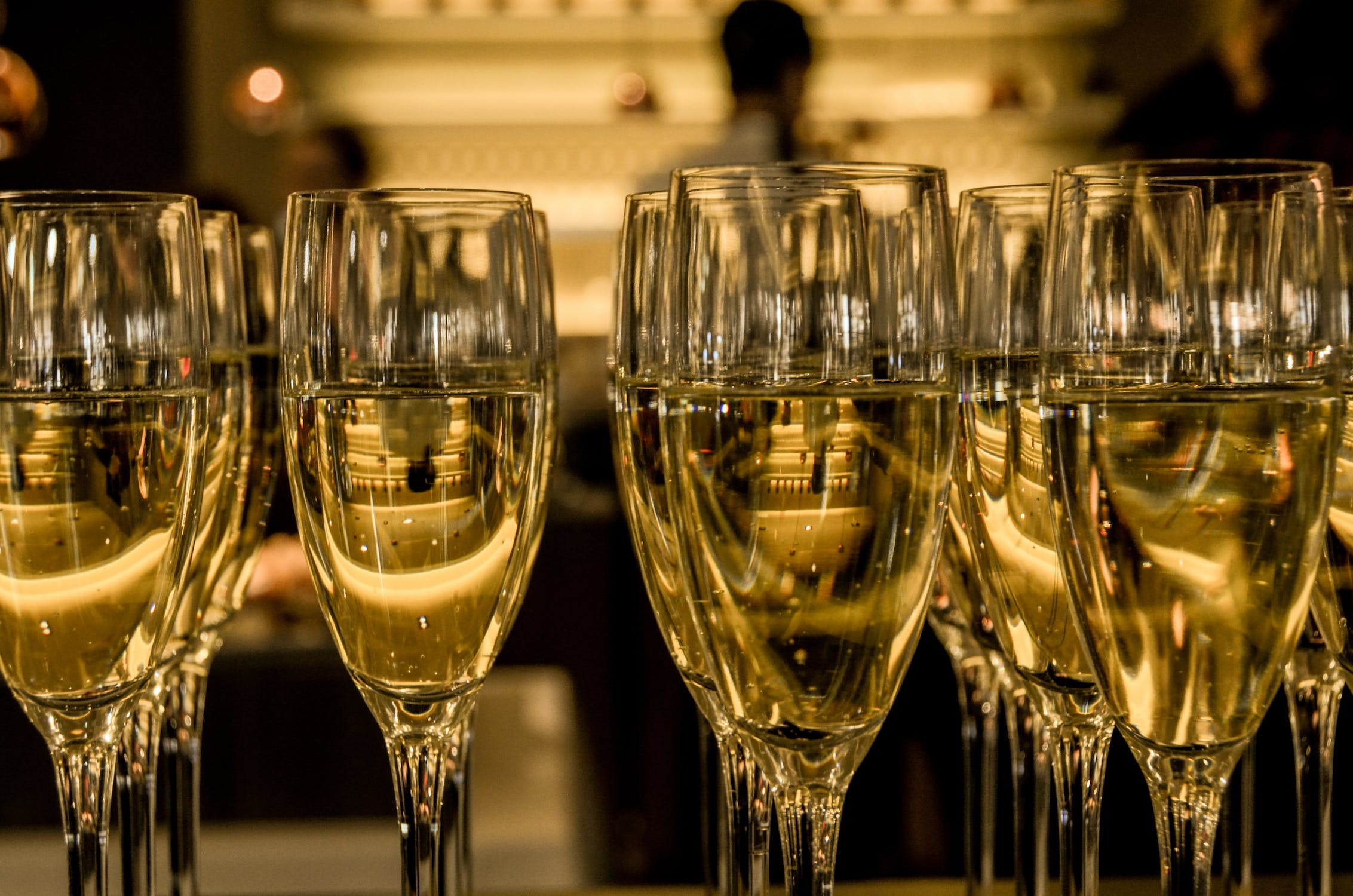
Can’t decide what to do when a friend comes to dinner?
When it comes to celebrations, like anniversaries and final seasons events for a local sports club, you’ll be well prepared to bring your own bubble bottled beverage for everyone involved. Sparkling wines are a popular celebration of all occasions.
During Christmas and New Year, it’s a perfect moment in which bubbles start to form. This symbol of celebration and decadence is owed to the French royalty whose drinking became part of their daily routine. This may be one factor that makes Champagne a popular drink. However, we don’t need to worry much anymore.
Is Sparkling Wine Champagne?
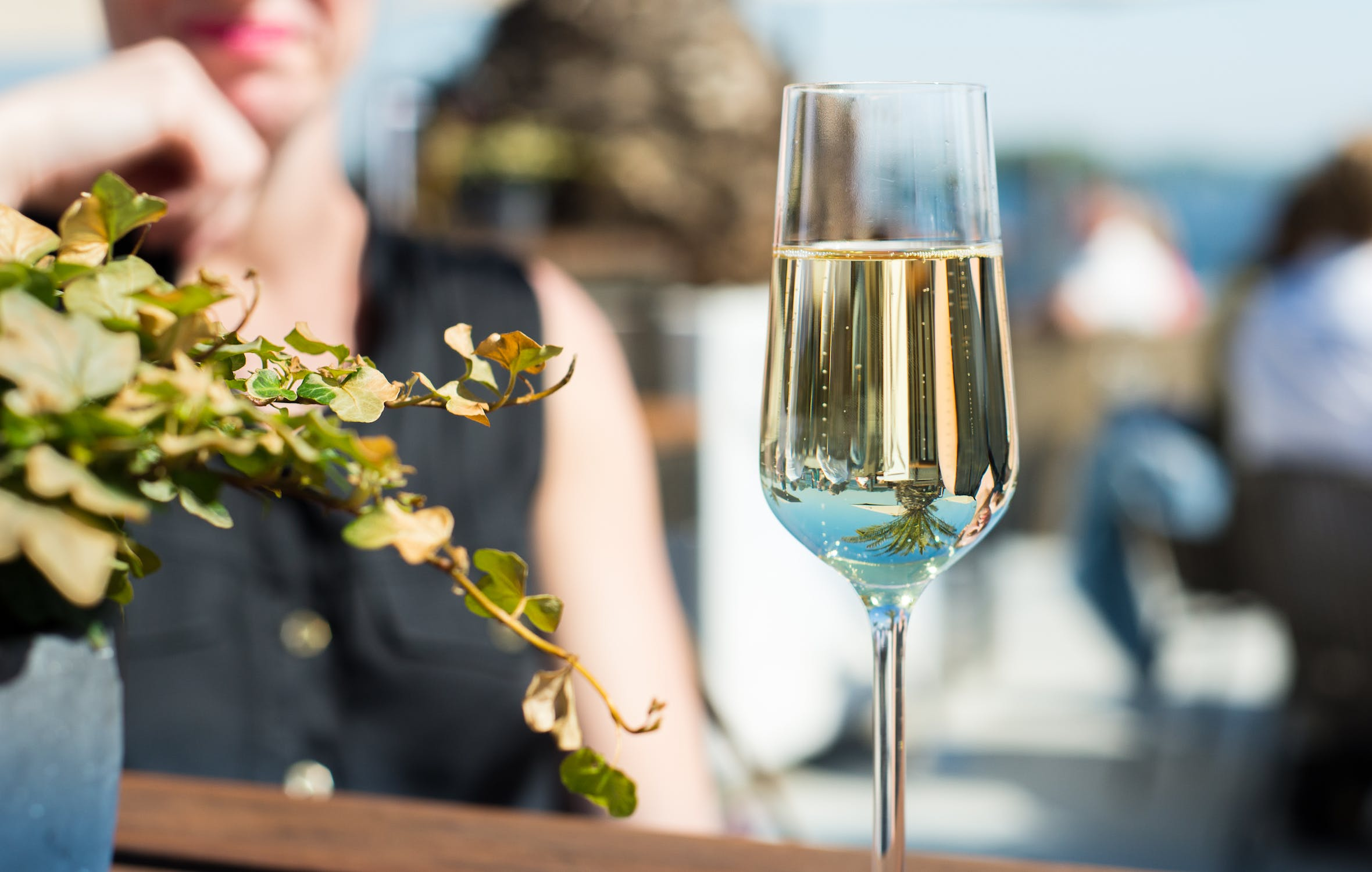
Sparkling wine has certainly sprung from wine production regions called Champagne. Not all sparkling drinks can be considered Champagne. The French wine name convention has both strict regional characteristics and several conditions related to their properties. Champagne can only have Champagne made by French wine producers of the Champagne region.
What Does Brut Mean?
Sparkling wine lovers are certainly familiar with the many different styles of bubbly available. These styles are determined by their level of sweetness, with Ultra Brut/Brut Nature/Extra Brut/Brut Zero being the driest and containing 0-6 grams per liter of residual sugar.

The most common style is ‘Brut’, with 12 grams or less of residual sugar. For those who prefer something slightly sweeter, ‘Extra Dry/Extra Sec’ has 12-17 grams of residual sugar and a subtly sweet taste.
‘Sec’ is noticeably sweet and contains 17-32 grams of residual sugar, while ‘Demi-Sec’ is even sweeter with 32-50 grams of residual sugar. Finally, those who enjoy a seriously sweet sparkling wine can indulge in ‘Doux’, which has a whopping 50+ grams of residual sugar.
It’s important to keep in mind that ‘Champagne’ can only come from the Champagne region of northeastern France and must adhere to strict regulations for labeling. This distinguishes true Champagne from other sparkling wines made in a similar style, such as Spain’s ‘Cava’ and Germany’s ‘Sekt’.
Interestingly, some sparkling wines are made using only one type of grape. ‘Blanc de Blancs’, for instance, contains only Chardonnay grapes, while ‘Blanc de Noirs’ is made with Pinot Noir or Pinot Meunier or both. Additionally, ‘NV’ stands for Non-Vintage and indicates that the bubbly is a blend of juice from more than one vintage year.
Knowing these facts about sparkling wines can help wine lovers make informed decisions when selecting a bottle to enjoy. From dry and crisp to sweet and decadent, the many different styles and flavors of bubbly are sure to please even the most discerning palate.
Conclusion
Now that you know more about sparkling wines, I invite you to come and taste our products made in Australia (Beechworth Region).
You can also check this articles: 8 warm alcoholic drinks for Winter Cold Nights, King Valley wine: a region for wine lovers!,


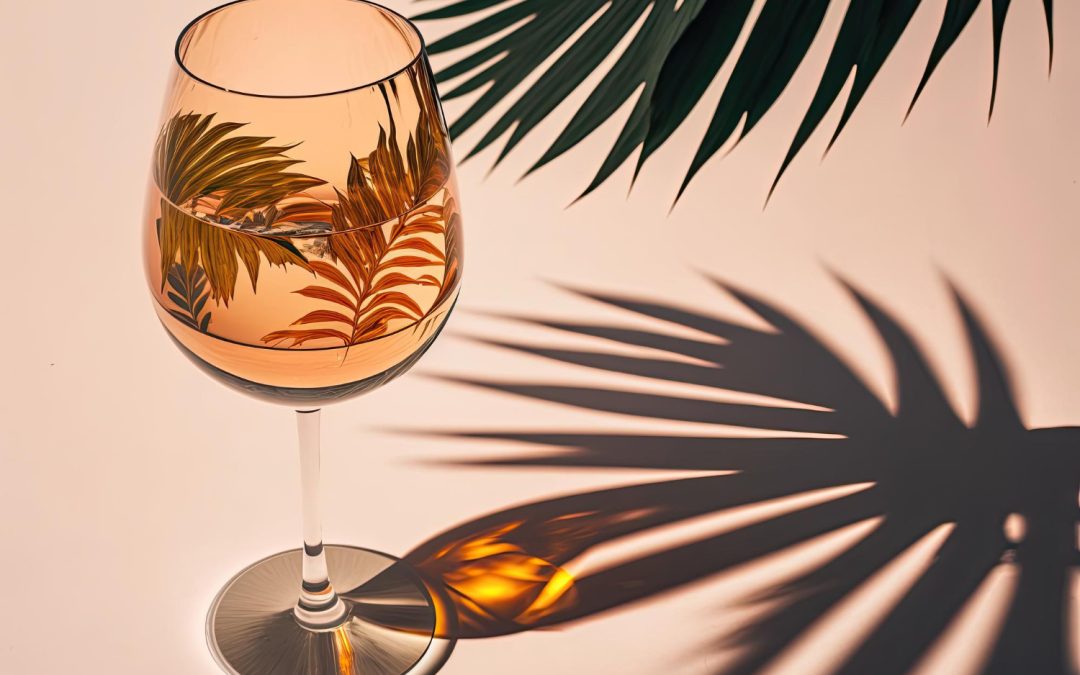

0 Comments